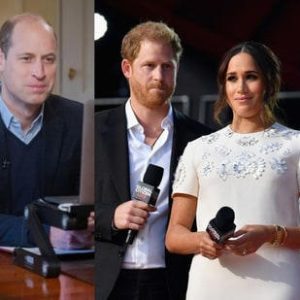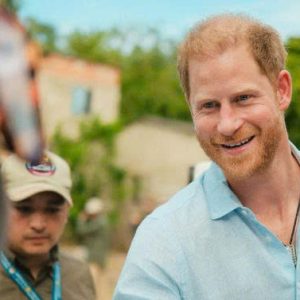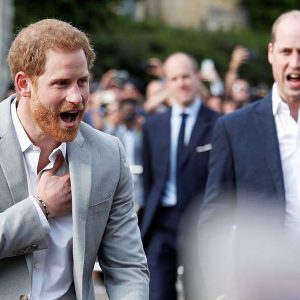King Charles III awarded his younger brother, Prince Edward, the Duke of Edinburgh, the Order of the Thistle to mark the prince’s 60th birthday on Sunday, March 10.
The appointment is Scotland’s highest royal honor, named after the country’s national flower, the thistle. The appointment is given to 16 distinguished Scots and any members of the royal family the reigning monarch chooses: Last year, Charles gave the award to his wife, Queen Camilla.
Also last year, for Prince Edward’s 59th birthday, Charles gave Edward the title of the Duke of Edinburgh—previously held by their father, Queen Elizabeth II’s husband, Prince Philip.
Here’s what you need to know about the Order of the Thistle and the new appointments.
What is Scotland’s Order of the Thistle?
The centuries-old tradition was formally established by King James VII of Scotland, who was also King James II of England, in 1687 to reward Scots who supported him, the U.K.’s official royal website says. Legend has it that the order informally dates back to 809, when King Achaius of the Scots made an alliance with the Emperor Charlemagne.
The King is the “Sovereign of the Order” and is responsible for appointments as a “personal gift.” The awards to 16 “ordinary” knights and ladies can only be given to Scottish nationals, but royals from the U.K. or other countries can be appointed as “extra knights and ladies,” the U.K. government’s honors website says.
Along with Queen Camilla, the King’s sister Anne, the Princess Royal, and his son Prince William, the Duke of Rothesay (the Scottish title of the Prince of Wales), also currently hold the honor.
New members are appointed at a service in the Thistle Chapel at St. Giles’ Cathedral in Edinburgh. Knights dress in green velvet robes and white hats and join the monarch for a procession from the Signet Library in central Edinburgh to the chapel nearby, where they meet the ladies. After the installation service, the monarch holds a reception at the Signet Library, then lunch at the Palace of Holyroodhouse.






